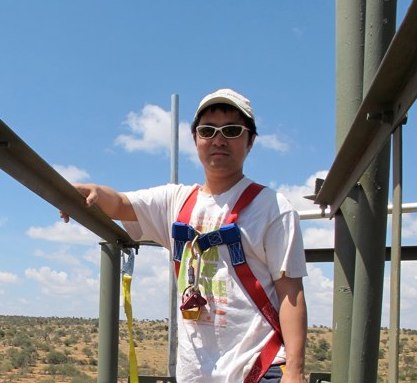Dynamic interactions of ecohydrological and biogeochemical processes in water-limited systems

Lixin Wang, Stefano Manzoni, Sujith Ravi, Diego Riveros-Iregui, and Kelly Caylor (2015) Dynamic interactions of ecohydrological and biogeochemical processes in water-limited systems. Ecosphere 6(8):133. http://dx.doi.org/10.1890/ES15-00122.1
Water is the essential reactant, catalyst, or medium for many biogeochemical reactions, thus playing an important role in the activation and deactivation of biogeochemical processes. The coupling between hydrological and biogeochemical processes is particularly evident in water-limited arid and semi-arid environments, but also in areas with strong seasonal precipitation patterns (e.g., Mediterranean) or in mesic systems during droughts. Moreover, this coupling is apparent at all levels in the ecosystems—from soil microbial cells to whole plants to landscapes. Identifying and quantifying the biogeochemical “hot spots” and “hot moments”, the underlying hydrological drivers, and how disturbance-induced vegetation transitions affect the hydrological-biogeochemical interactions are challenging because of the inherent complexity of these interactions, thus requiring interdisciplinary approaches. At the same time, a holistic approach is essential to fully understand function and processes in water-limited ecosystems and to predict their responses to environmental change. This article examines some of the mechanisms responsible for microbial and vegetation responses to moisture inputs in water-limited ecosystems through a synthesis of existing literature. We begin with the initial observation of Birch effect in 1950s and examine our current understanding of the interactions among vegetation dynamics, hydrology, and biochemistry over the past 60 years. We also summarize the modeling advances in addressing these interactions. This paper focuses on three opportunities to advance coupled hydrological and biogeochemical research: (1) improved quantitative understanding of mechanisms linking hydrological and biogeochemical variations in drylands, (2) experimental and theoretical approaches that describe linkages between hydrology and biogeochemistry (particularly across scales), and (3) the use of these tools and insights to address critical dryland issues of societal relevance.
